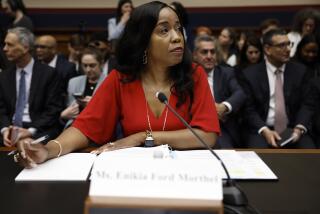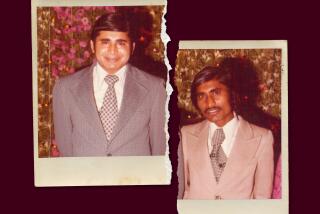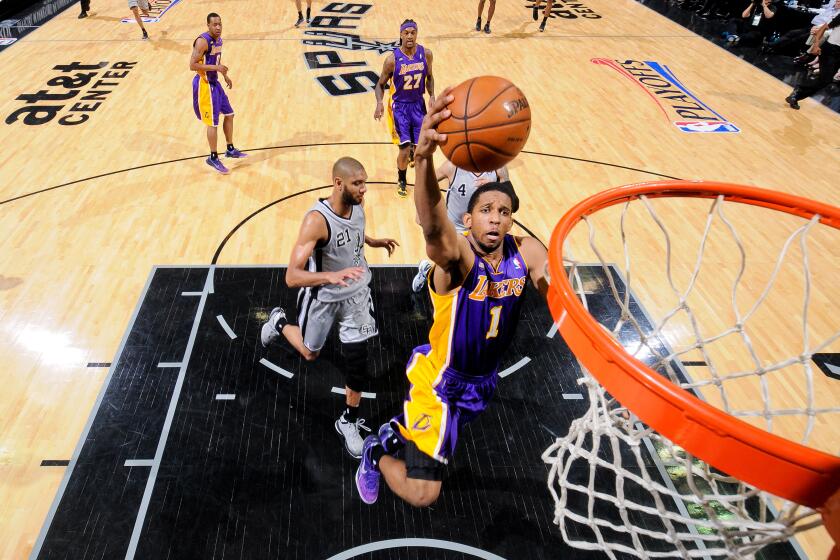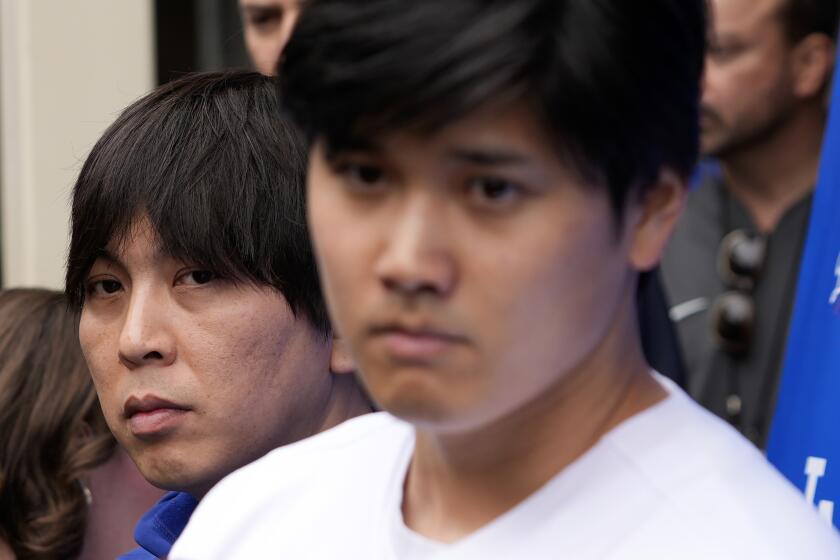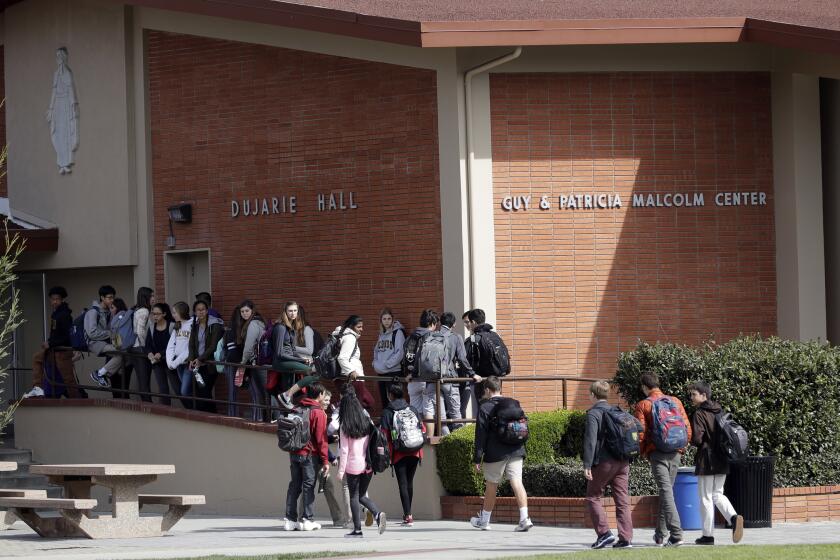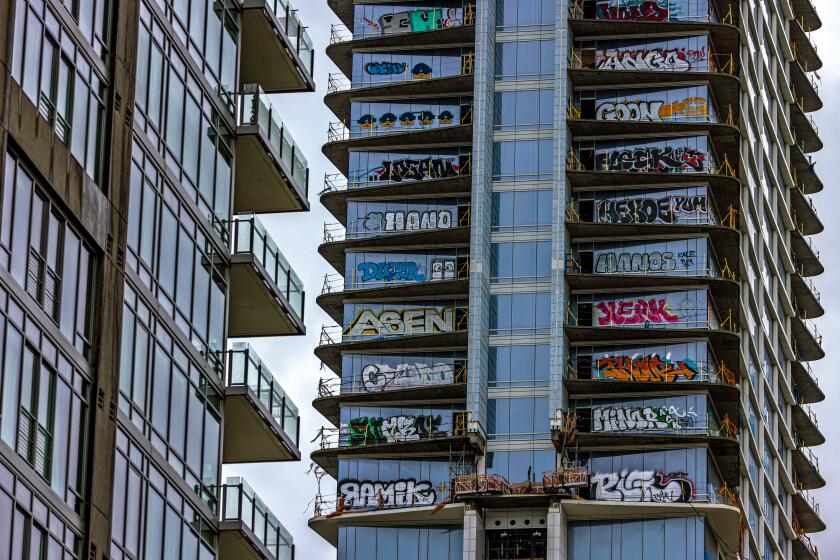There’s Life in the L.A. Body Politic After All
Los Angeles has seen more local political organizing in the last year than ever before. There was the April 10 primary election with more than 100 candidates competing for 11 offices, eight of which were open because of term limits. And there were the beginning steps to creating community councils called for in the new City Charter. Both events have to do with changing political structures, but there is also the growing engagement of the new immigrant communities with the local body politic that has been going on for the past decade.
The combination of historical change in government structures and the historical inevitability of the changing population is making L.A. a very interesting city these days. If the outcomes of both the campaigns and the efforts to organize communities are still unknown, there is one good sign: Los Angeles residents are beginning to take hold of their city.
The sheer number of candidate debates is one sign of the change. By the time we reach the June 5 runoff, there will have been more than 80 mayoral debates (75 during the primary and six for the general election). That is more mayoral debates than were held during the entire last century. These are being put together by local organizations that want their concerns heard--the usual business and homeowner associations, but also many community and ethnic groups speaking out for the first time. Some debates--such as the one in the Filipino community--are bringing together groups that had never joined before.
Less visible, but not less important, are the meetings being held all over the city concerning neighborhood councils. Some were organized by the new Department of Neighborhood Empowerment. Far more impressive are the ones being organized by local groups eager to be ready when the process of certifying the new councils begins in October. This could take several years.
After that, it will be up to the community groups themselves to decide what they want to do. If the councils are staffed and are able to meet and learn from each other (as the City Council calls for), their options will grow enormously. It also helps that the implementation plan includes funding in a more equitable per capita way, instead of dividing resources equally by the usual method, which pays no more attention to the needs in Lincoln Heights than in Bel-Air.
With overall support, the new community groups will have a real chance of making a difference for their residents and the city as a whole. Although only advisory, the councils could become very powerful voices at all levels of government.
Organizing won’t be easy. It takes resources to communicate with neighbors and to organize a meeting. Some are afraid that “others” will take over, or that they--or their group--will lose standing. Usually, at the beginning of the process, people talk about their community being only the residents, or only the businesses. It takes a lot of talking to see that the community must encompass everything, including schools and small nonprofits and even the big institutions that just happen to sit in the middle of their neighborhoods.
Yet the past year has seen activists make great strides in broadening their horizons. The council organizing groups are as noisy and messy as democracy anywhere. There will be fights and there will be laughter. A Venice group has institutionalized a neighborhood party committee into its bylaws. Go Venice! But there also is the skepticism of those who have tried and failed before.
The one area of the city least engaged in starting up is--somewhat surprisingly--the San Fernando Valley. Perhaps because the homeowner associations don’t want the competition. Perhaps because the secessionists want them to fail.
But just about everywhere else there are groups taking the first steps: identifying their stakeholders and considering their bylaws. The mayoral debates showed many groups that they could have a voice. The neighborhood councils could give them a “body” as well. It is up to the mayor and the City Council now to fit voice and body together.
More to Read
Start your day right
Sign up for Essential California for news, features and recommendations from the L.A. Times and beyond in your inbox six days a week.
You may occasionally receive promotional content from the Los Angeles Times.
